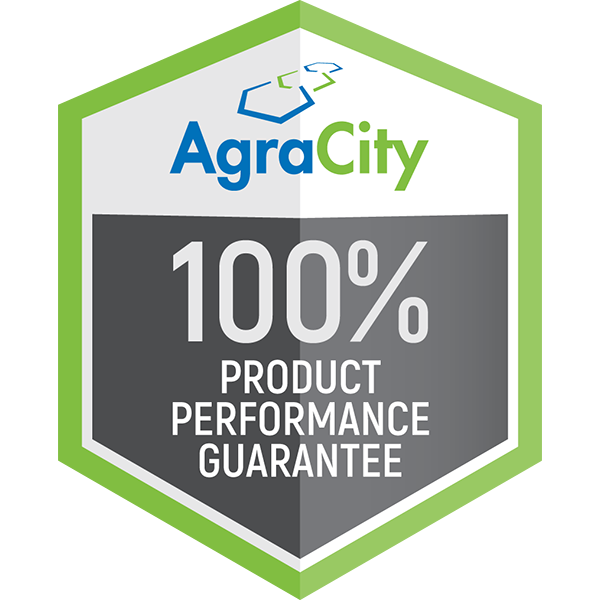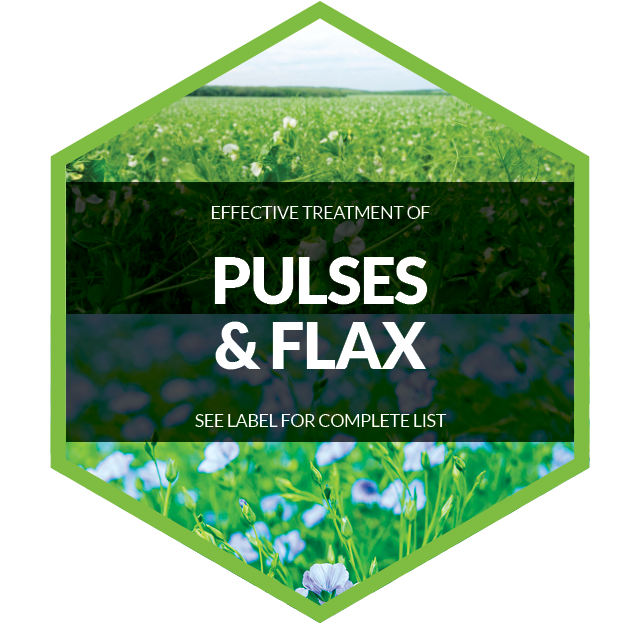Why Use Independence®?
- Same active as Select and Centurion
- Outstanding wild oat and grass weed control
- Controls or suppresses 11 grass weeds
- Use in all soil zones
- Use on canola, pulse crops, flax and numerous other crops
- Systematic mode of action for dependable control
- Very low use rates for ease of use
- Wide window of application
- Excellent crop safety
- Numerous tank mix options
- No re-cropping restrictions
- Excellent wild oat and grass weed control at an affordable price



















